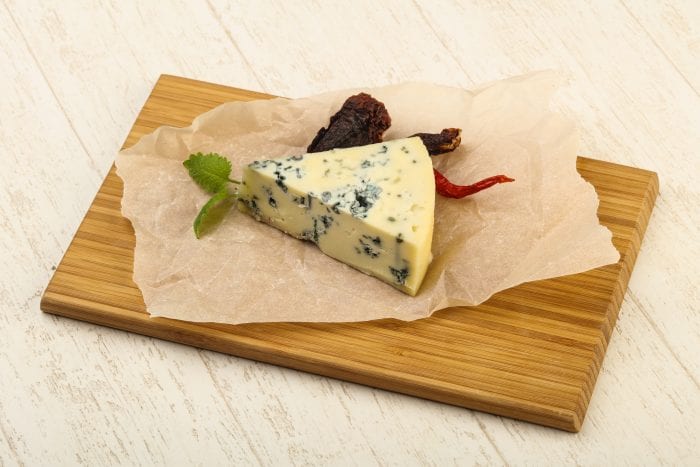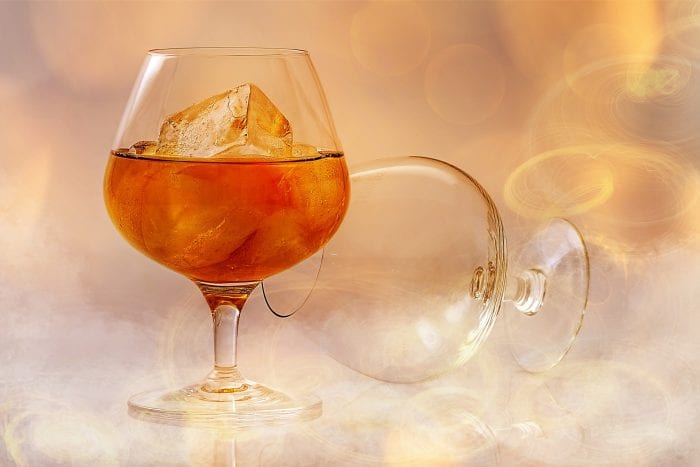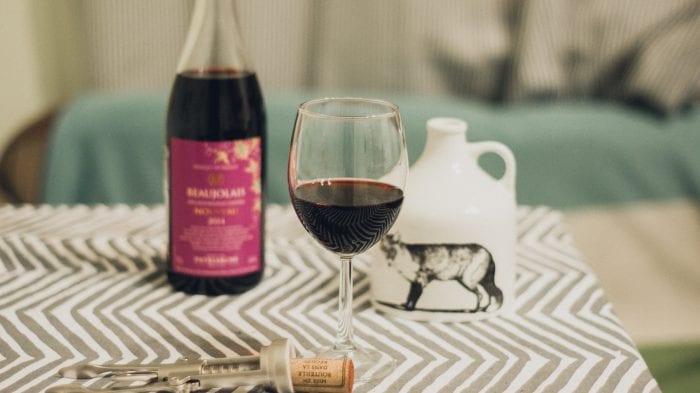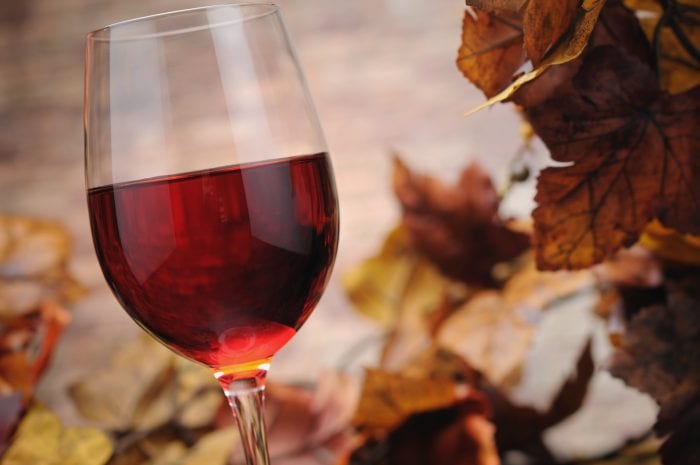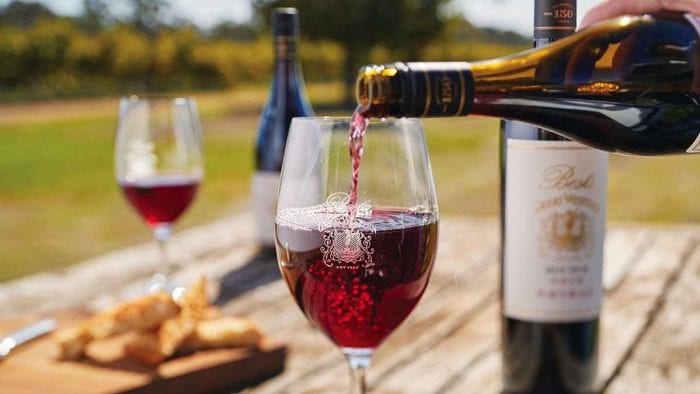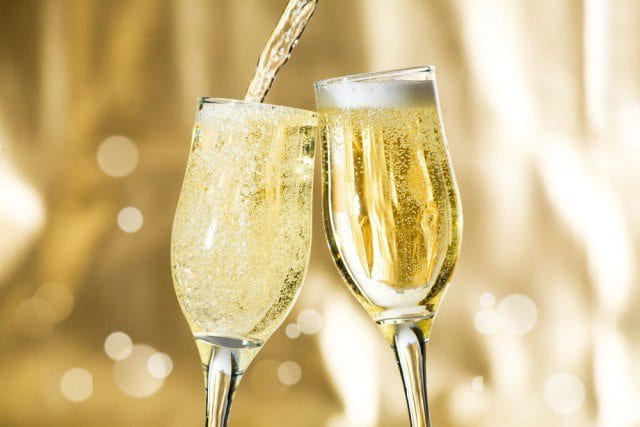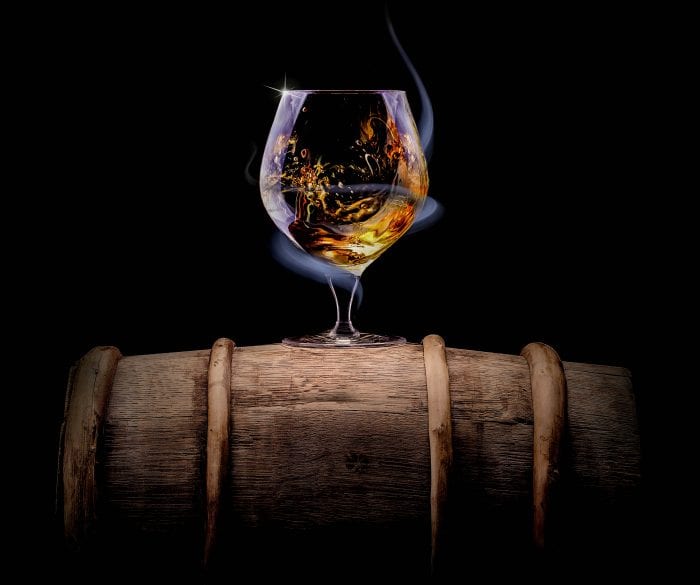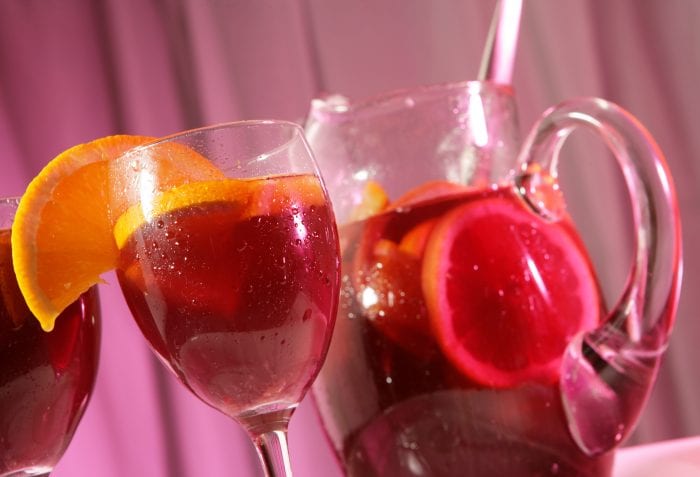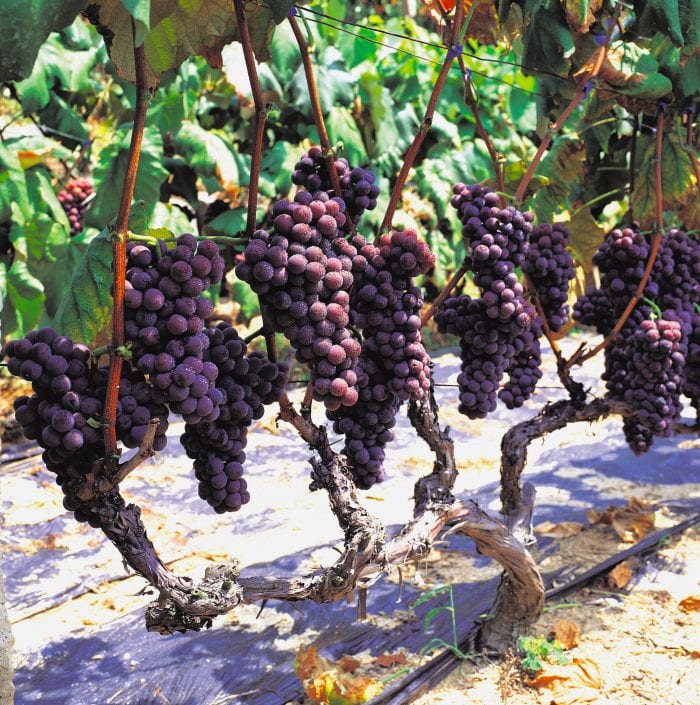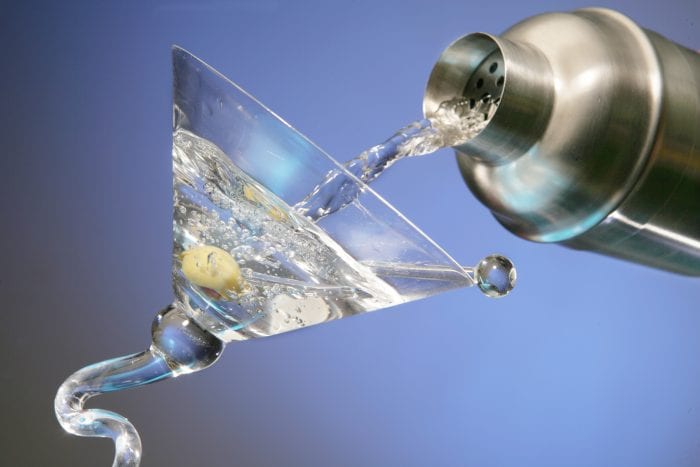By Bob Lipinski

Stilton is a world-famous blue cheese made in the counties of Derbyshire, Leicestershire, and Nottinghamshire, in England, from pasteurized cow’s milk.
This particular blue cheese was first mentioned in print about 1727, when novelist Daniel Defoe (1660-1731) wrote about Stilton, a town famous for cheese. Interestingly, Stilton was never made in the town of Stilton, although it was sold there from the Bell Inn to coach travelers. Cooper Thornhill, the landlord of the Bell Inn, was married to the daughter of Elizabeth Scarbrow who was famous for her cheesemaking and when their daughter married Mr. Paulet of Wymondham, the cheese became known as Stilton.
The characteristic blue veins in Stilton come from the addition of Penicillium roqueforti (blue mold spores), which is added at the beginning of the cheesemaking process. After a few weeks, the cheese is pierced at random points with stainless steel needles to allow air to enter the cheese. The Penicillium roqueforti, which has been dormant, then grows and forms the blue veins.
There is a lesser-known white Stilton cheese (without mold) which is mild and semisoft with a crumbly texture. This cheese is sometimes made with the addition of fruit such as apricots, cranberries, dates, oranges, and wild blueberries.
Stilton is wheel-shaped, has a wrinkled yellow-brown exterior and a richly beautiful interior, streaked like marble, with greenish-blue veins of irregular patterns. It has a piquant, salty, and slightly nutty flavor with a pungent aftertaste.
I enjoy serving this cheese with fruit including bananas, figs, melon, oranges, pears, plums, and tangerines as well as a bowl of mixed nuts including brazil nuts, chestnuts, filberts, hazelnuts, and walnuts.
Stilton is a great blue cheese to pair with many wines including (Reds): Cabernet Sauvignon, Grenache, Nebbiolo, Sangiovese, Syrah, and Zinfandel. (Whites): Chardonnay, Gewürztraminer, and Riesling. Other wines to seek out are sweet styles of Madeira, Marsala, and Sherry. In addition, try semisweet to sweet wines including vermouth (both red and white). I also enjoy it with brandies and some fruit brandies.
And one more thing … Stilton is excellent for crumbling over salads or as a dessert cheese, served with port or other sweet wines such as Sauternes, Barsac, or Monbazillac. Be sure to let the cheese come to room temperature before enjoying.
Along with France’s Roquefort and Italy’s Gorgonzola, Stilton is reputed to be one of the world’s finest examples of blue or “blue-veined” cheeses.
Bob Lipinski is the author of 10 books, including “101: Everything You Need To Know About Whiskey” and “Italian Wine & Cheese Made Simple” (available on Amazon.com). He conducts training seminars on Wine, Spirits, and Food and is available for speaking engagements. He can be reached at www.boblipinski.com OR [email protected].

